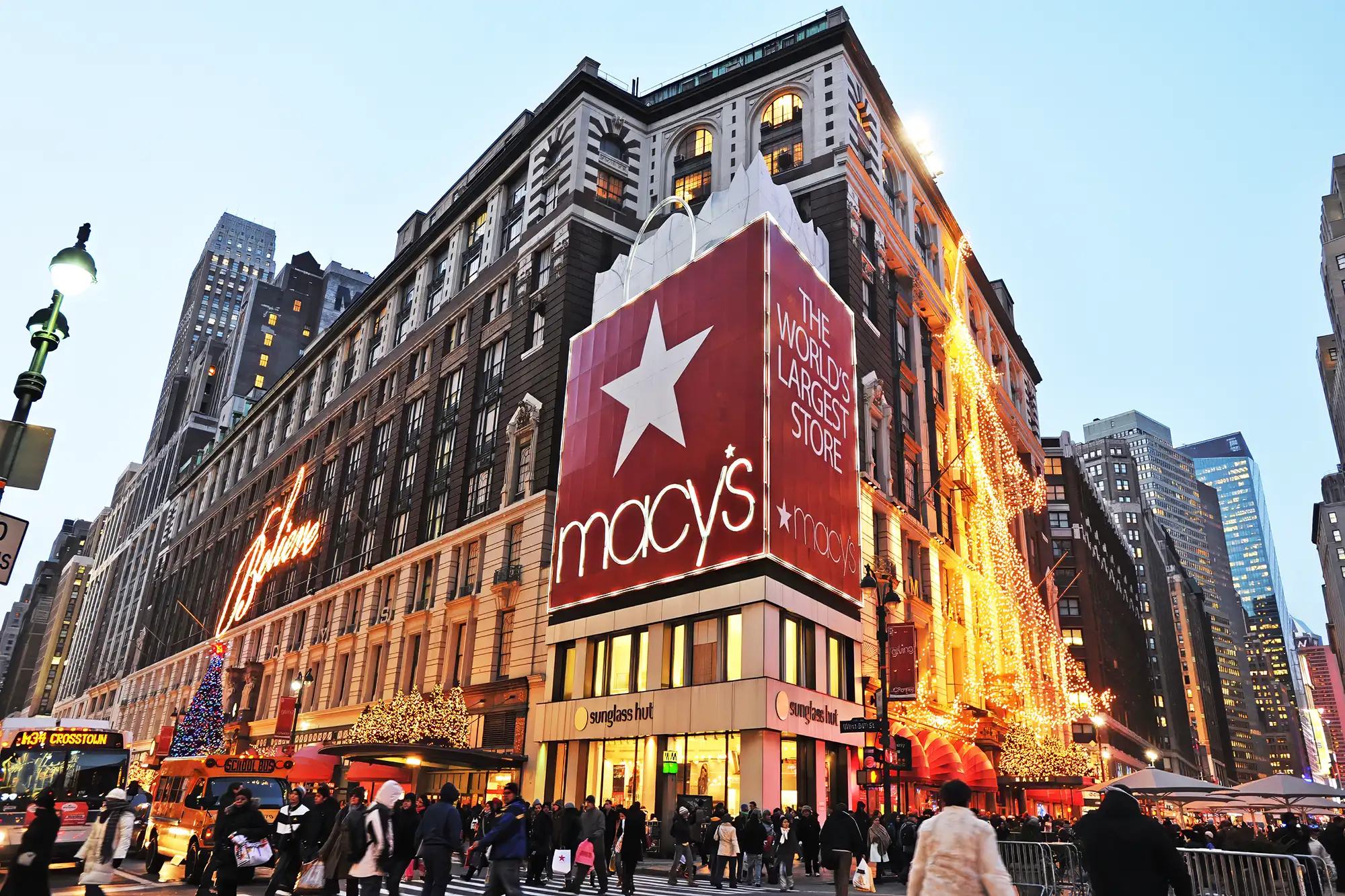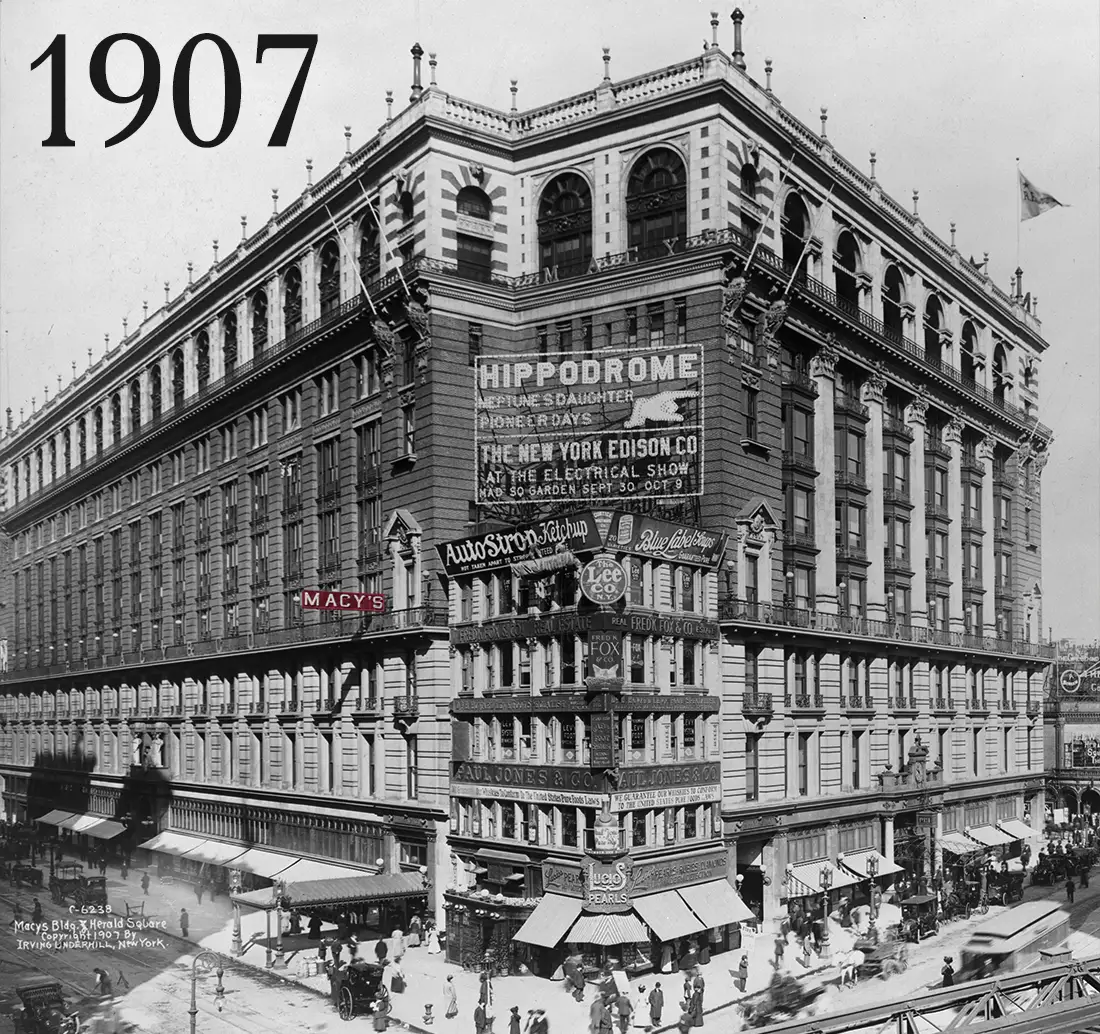Macy’s Inc. turned down the $6.6 billion purchase deal offered by real estate investment enterprise Arkhouse Management and asset management company Brigade Capital Management.
The leadership board decided to prioritize a strategic recovery plan rather than settle for the offer that came in March. It wasn’t the first attempt made by the companies to purchase the retailer – the previous $5.8 billion offer was declined seven months ago. However, the revised proposal failed to meet all the requirements, and the negotiations ended.
Paul Varga, lead independent director of Macy’s, stated that after a thorough evaluation, it was concluded that the proposal from Arkhouse and Brigade fell short in terms of financial certainty and did not offer compelling value. This decision was reached despite the significant amount of time, resources, and information that had been invested and shared throughout the process.
With honest intentions and in an earnest manner Macy’s had been cooperating with Arkhouse and Brigade for more than half a year, assuming that they were willing to raise the offer to an acceptable level. This resulted in the agreement that a financially backed and actionable plan would be submitted by the potential buyers by the end of June.
However, the expected offer with the redefined price per share and fully negotiated commitment papers for all the debt and equity required to finance the deal has not been sent. Instead, Macy’s received an update letter with a bid of 80 cents more than the previous offer of $24 per share, which the board found “not compelling” at an earlier stage of the negotiations. Moreover, based on the submitted financing papers, it looked like it would take far more than expected to reach an acceptable offer.
After all, Macy’s has to return to “A Bold New Chapter” revival strategy, which was announced in February. The focus will be placed on revitalizing Macy’s brand image, transforming end-to-end processes, and facilitating luxury growth. As a response to declining sales and an attempt to elevate shareholder profits, the plan presupposes shutting down 150 stores until 2027.

Macy’s building at the Herald Square in New York these days.
The Macy’s team is determined to create value for the investors, assured Macy’s Chairman and CEO Tony Spring, and is ready to consider various approaches. Although it’s still early, they are encouraged that the proposed initiatives are making progress, strengthening the confidence in the company’s potential for sustainable, profitable growth, increased free cash flow, and enhanced shareholder value.
Macy’s announced that it will provide further details on the strategy’s progress during its second-quarter earnings report, scheduled for next month.



















































